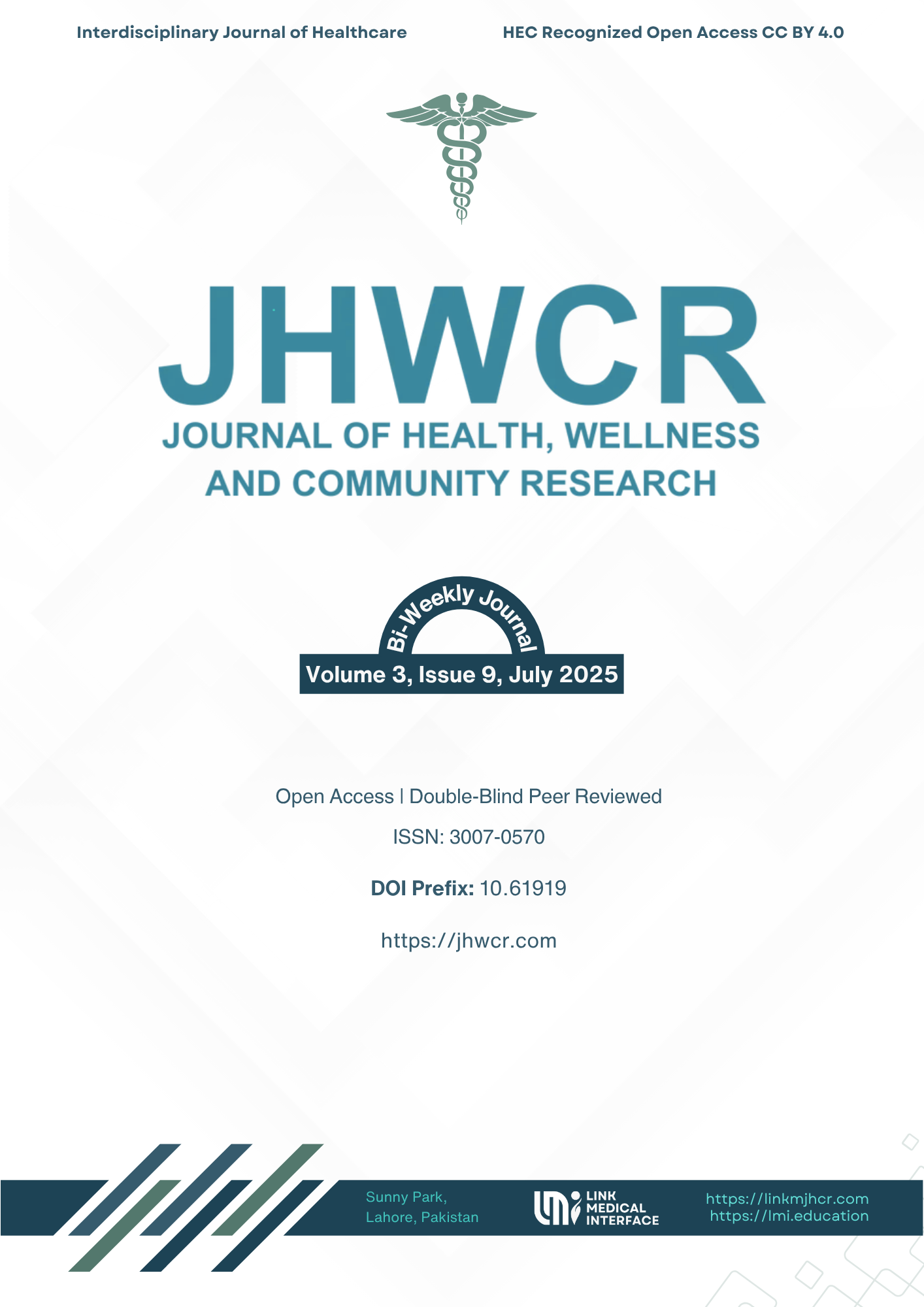Early Detection of Shoulder Joint Degeneration Before Onset of Clinical Symptoms Through Novel Biomarkers and Imaging Modalities: A Narrative Review
DOI:
https://doi.org/10.61919/dw0pv306Keywords:
Shoulder osteoarthritis, early detection, biomarkers, MRI, ultrasound elastography, CT, diagnostic algorithmsAbstract
Background: Glenohumeral osteoarthritis (OA) is a progressive joint disorder that often remains clinically silent until advanced stages, resulting in delayed diagnosis and suboptimal outcomes. Conventional diagnostic methods are insufficiently sensitive for detecting preclinical cartilage or subchondral bone changes, necessitating the exploration of novel diagnostic strategies for early intervention. Objective: This narrative review aims to synthesize current evidence on biochemical biomarkers and advanced imaging modalities for the early detection of shoulder joint degeneration before the onset of clinical symptoms, evaluating their diagnostic performance, feasibility, and clinical applicability. Methods: Recent literature from the past five years was systematically reviewed to identify and appraise studies assessing the utility of biochemical markers—including CTX-II, COMP, PINP, CTX-I, cytokines, MMPs, miRNAs, and proteomic panels—as well as advanced imaging techniques such as MRI T2 mapping, dGEMRIC, UTE, T1ρ, ultrasound elastography, quantitative CT, dual-energy CT, optical coherence tomography, and PET. Diagnostic metrics, methodological reproducibility, and integration strategies were critically analyzed. Results: Biochemical biomarkers such as CTX-II and COMP demonstrated moderate-to-high diagnostic validity (AUC 0.78–0.85) for early cartilage breakdown, while advanced MRI techniques exhibited high reliability and specificity for preclinical cartilage and bone changes. Integration of biomarker and imaging data improved diagnostic accuracy, with combined algorithms achieving up to 88% sensitivity for early OA detection. Challenges remain regarding standardization, accessibility, and prognostic validation. Conclusion: The complementary use of biochemical biomarkers and advanced imaging modalities enhances early detection of shoulder joint degeneration, supporting individualized risk stratification and proactive management. Further multicenter studies and standardized protocols are needed to enable widespread clinical implementation.
Downloads
Published
Issue
Section
License
Copyright (c) 2025 Makhdoom Muhammad Hamza, Saleh Shah, Muhammad Naveed Babur, Zaib un-Nisa, Saba Rauf, Muhammad Khizer Hayat (Author)

This work is licensed under a Creative Commons Attribution 4.0 International License.


